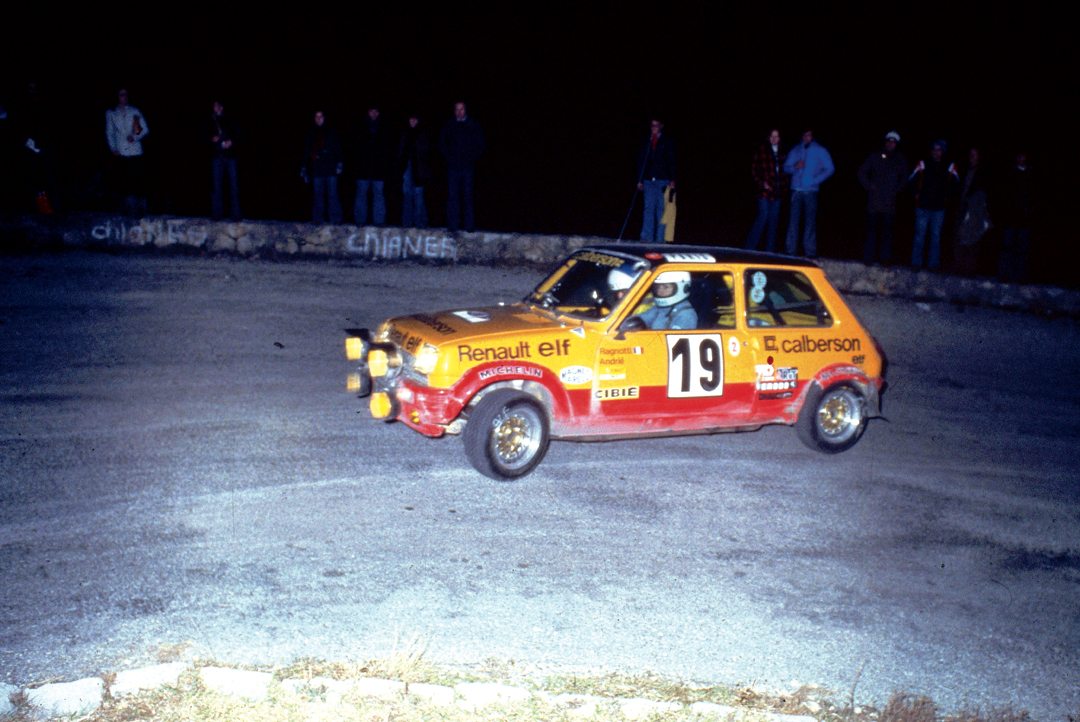In my era as a race and rally driver, we were expected to assist in both the general and technical development of the particular car we were working with. It was long before the days of computer data logging and evaluation which is so prevalent today. So, a driver was not only a driver, but part engineer, too. I was pleased to be part of the development of the Renault rally car programs, which encompassed the Alpine and the Renault 5 turbo. I had significant responsibilities and had good input both to the styling and the technical aspects of the car—I was listened to and my judgment counted for so much. The modern driver is in a far different world today than I was in the prime of my racing career—they seem to be somewhat surplus and disposable outside of the cockpit.
In 1978, I was entered in the Monte Carlo Rallye in a little Group 2 Renault 5 Alpine. It had just 137hp—a very, very small car—and was up against much more powerful machinery like Porsche 911s. My co-driver was Jean-Marc André. Renault’s expectation was for us to figure prominently in the positions for our class; there wasn’t too much expectation or pressure of us figuring in the high positions of the overall result. The weather was really bad, with deep snow and ice that made driving conditions atrocious yet made the event something of an equalizer. Even though we were entered by Renault Sport, we were only on a limited run in the World Rally Championship, since the main focus for the team was the assault on the Le Mans 24 Hours later in the year (where we finished 1st and 4th). Our diminutive car was very light and nimble, and seemed to dance across the slippery snow- and ice-covered road surfaces. After five stages of competition on the first day we shared the overall top two places with our sister car, driven by Guy Frequelin.
No Subscription? You’re missing out
Get immediate ad-free access to all our premium content.
Get Started



